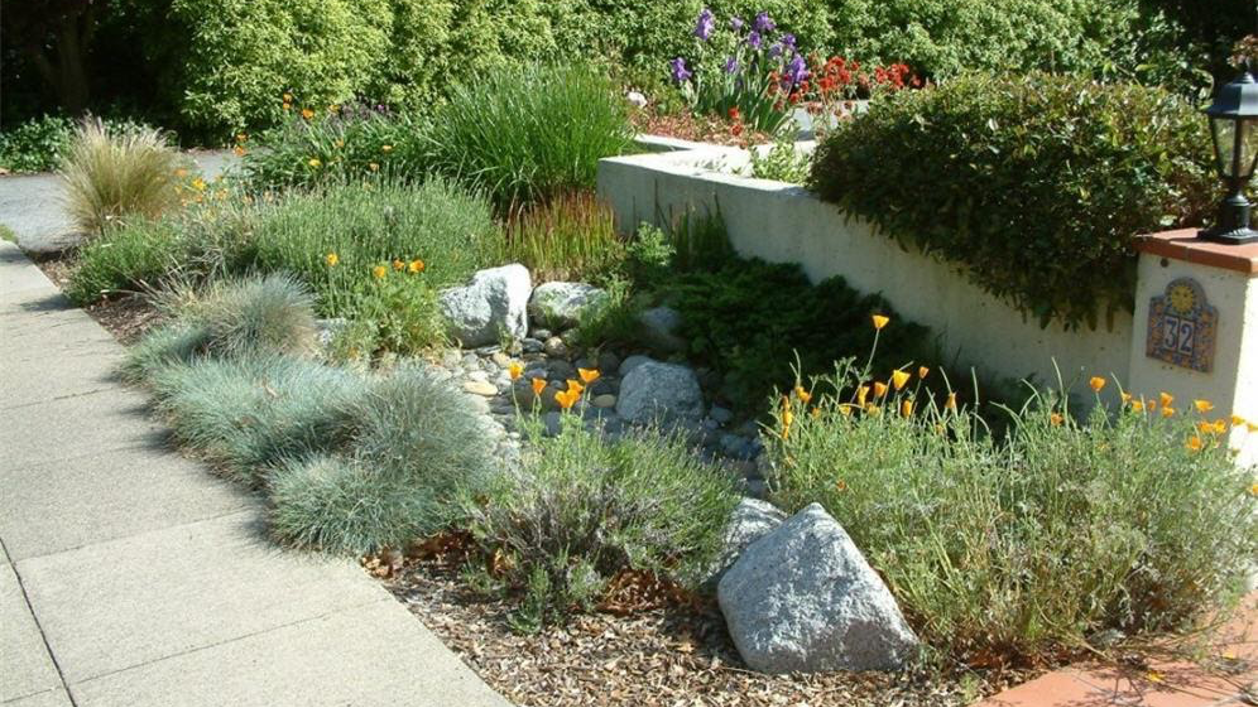How to Assess Your Microclimates
Have you ever wondered why your neighbor’s tomatoes may be ready to pick while yours are still green? Or why you can grow citrus and they cannot? Across a single town or neighborhood there can be many microclimates. You might have various microclimates in your own yard. To choose the right plant for the right place, it is important to get to know your microclimates. The UC Marin Master Gardeners have developed a handy form for assessing your microclimate. Give it a try!

What influences microclimates?
The topography or slope of a property influences solar radiation, wind exposure, and water flow. Cold pockets often form at the bottoms of slopes.
Shade from trees or structures is important. Remember that shade changes with the time of day and the season. Structures can also protect plants from wind. In addition, paved surfaces, gravel, rock, and decks can absorb heat during the day and release it back at night.
Exposure: Some sites receive shade from a slope, a structure, shrubs, or trees. Determine what direction these sites face. That is, what is their exposure? In short, gardens with:
- Eastern exposure get morning sun, less wind, and are typically moister.
- Western exposure get afternoon sun and are hotter, windier, and drier.
- Northern exposure are shady much of the day and are cooler and moister.
- Southern exposure are warm and sunny even in winter. Thus, southern exposure gardens have longer growing seasons, and are warmer and drier.
The composition of your soil plays a role. Soil affects your garden’s temperature and humidity through how much water it evaporates or retains. Likewise, plant cover can also affect the microclimate, by preventing the loss of heat and moisture from the soil.
Also pay attention to where water pools in your landscape.

Microclimates are dynamic. They can evolve as you and nature make changes to your property. For example, you can:
Warm up a north-facing property by creating sun traps. Masonry walls, rocks and patios gather heat in the sun and then slowly release it later.
Provide shade trees or structures to protect south-facing plantings from beating rays.
Terrace your hilly garden to dramatically alter its structure.
Mediate the flow of wind by planting hedges or living screens.
Provide openings in solid fences and walls. Wind can then pass through mildly instead of tumbling over them.
